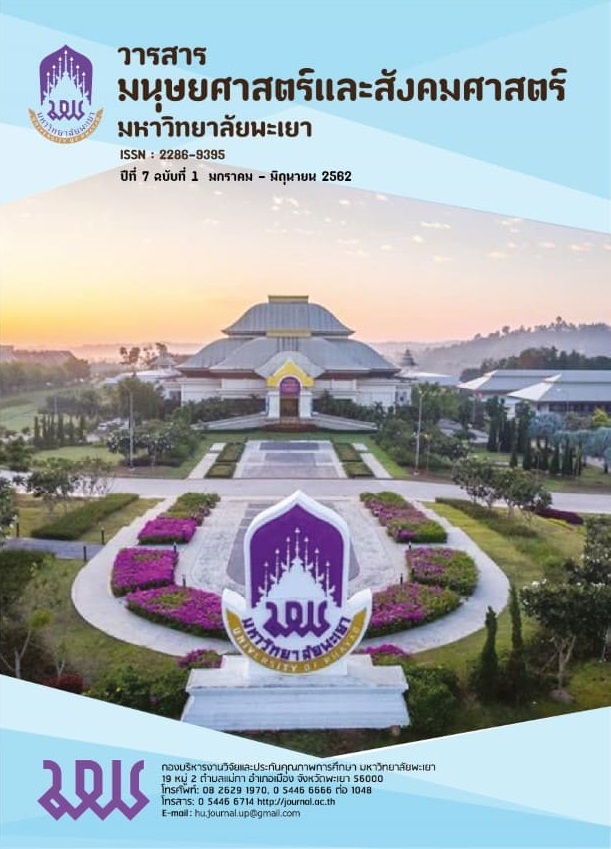The Process of acceptance Fish Home innovation from PE 100 Pipe Case study Neunkho Community Rayong province
Keywords:
Significant roles of sectors, Innovation of Fish House built from PE 100 pipe, Community innovationsAbstract
This research aims to 1) study in the roles of sectors in both Fish Home innovation from PE 100 pipe which is distributing in NeunKho community and 2) suggest the guidelines regarding building innovation acceptance in community. This research applied qualitative methodology using focus group discussion among peoples relevant to Fish Home innovation from PE 100 pipe. The results indicated that, in the innovation procedures, SCG Chemicals Co., Ltd. plays significant roles to inspire people in building new Fish Home for sustainable solution. The role of NeunKho community is to express opinions and participate to building Fish Home innovation from PE 100 pipe. In addition, Marine and Coastal Resource Administration Office 1 joined in positioning Fish Home which is suitable for small aquatic animals. It was found that the cause of community peoples accepting in Fish Home innovation from PE 100 pipe is the ability to solve problems as required by community and also revolved the issue regarding weak point of existed Fish House resulting in the sustainable achievement of the solution with respect to reduction of aquatic animal in community. The community economic was recovered, the peoples in community earned higher income, particularly for fishermen obtained more benefits from fishing. The increased number of peoples participating building Fish Home innovation from PE 100 pipe obviously reflected that peoples in community accepted this innovation.
References
Bund, E., Hubrich, D., K., Schmitz, B., Mildenberger, G., & Krlev, G. (2013). European Commission –7th Framework Programme. Report on innovation metrics – Capturing theoretical, conceptual and operational insights for the measurement of social innovation. A deliverable of the project. The theoretical empirical and policy foundations for building social innovation in Europe (TEPSIE). Brussels: European Commission.
Kesselring, A., & Leitner, M. (2008). Soziale innovation in Unternehmen Study. Zentrum fur Soziale Innovation. Wien
Murray, R., Mulgan, G., & Caulier-Grice, J. (2008). How to innovate: the tools for social innovation. Retrived January20, 2017, from http://www.youngfoundation.org/research/news/generating-social-innovation-how-innovatetools- social-innovation.
Mulgan, G. (2006). The Process of Social Innovation. Tagore : Spring.
Roger, E. (1995). Diffusion of Innovations. New York : Free Press.
Downloads
Published
How to Cite
Issue
Section
License
ผู้นิพนธ์ต้องรับผิดชอบข้อความในบทนิพนธ์ของตน มหาวิทยาลัยพะเยาไม่จำเป็นต้องเห็นด้วยกับบทความที่ตีพิมพ์เสมอไป ผู้สนใจสามารถคัดลอก และนำไปใช้ได้ แต่จะต้องขออนุมัติเจ้าของ และได้รับการอนุมัติเป็นลายลักษณ์อักษรก่อน พร้อมกับมีการอ้างอิงและกล่าวคำขอบคุณให้ถูกต้องด้วย
The authors are themselves responsible for their contents. Signed articles may not always reflect the opinion of University of Phayao. The articles can be reproduced and reprinted, provided that permission is given by the authors and acknowledgement must be given.








